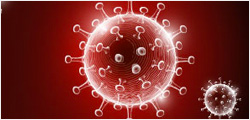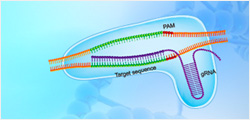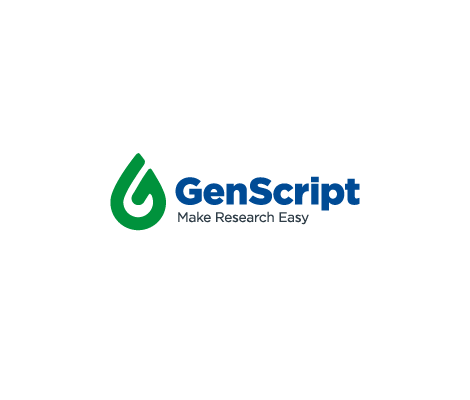FGFR2 beta (IIIb) hFc Chimera, Human
Four distinct genes encoding closely related FGF receptors, FGFR1-4, are known. All four genes for FGFRs encode proteins with an N-terminal signal peptide, three immunoglobulin (Ig)-like domains, an acid-box region containing a run of acidic residues between the IgI and IgII domains, a transmembrane domain and the split tyrosine-kinase domain. Multiple forms of FGFR1-3 are generated by alternative splicing of the mRNAs. A frequent splicing event involving FGFR1 and 2 results in receptors containing all three Ig domains, referred to as the alpha isoform, or only IgII and IgIII, referred to as the beta isoform.
| ¥3800 | |
| Z04257 | |
|
|
|
|
|
|
|
|
|



































